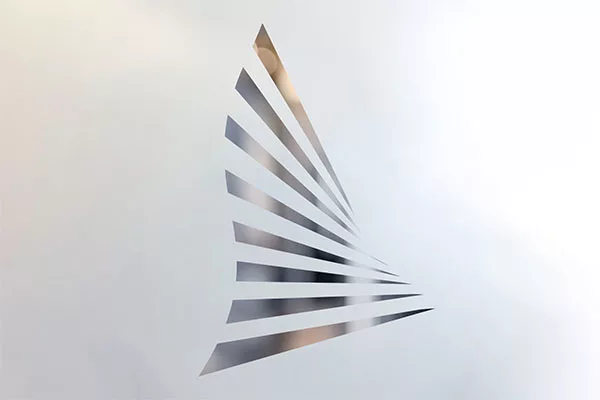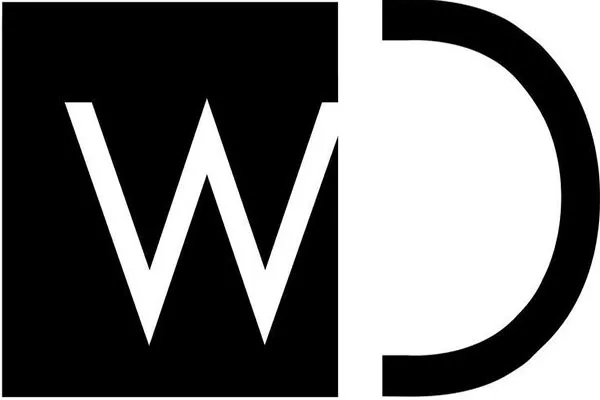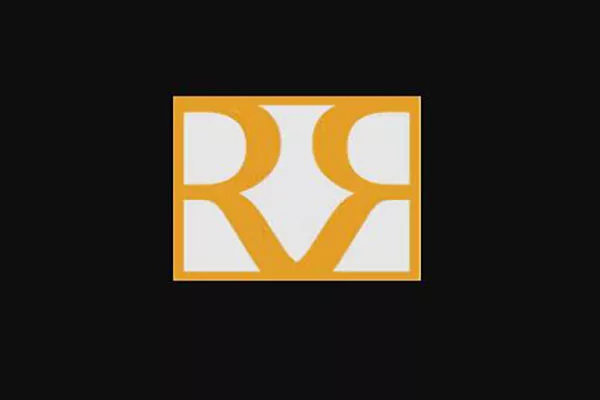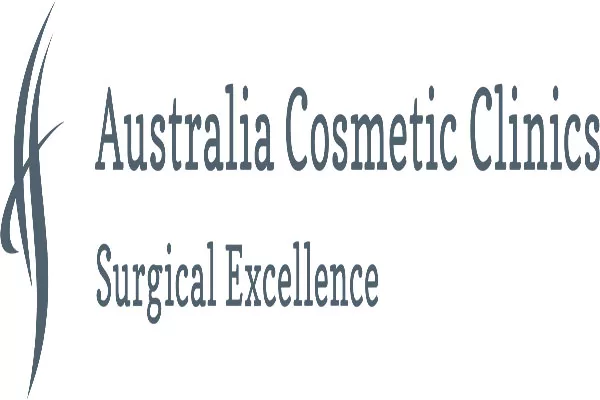Overview of Tuberous Breast Correction with Breast Implants
Tuberous breasts, also known as tubular breasts, are a congenital breast deformity that can result in a narrowed or elongated shape, enlarged areolas, and a high breast fold. This can lead to physical and psychological discomfort for both men and women.
One approach to correcting tuberous breasts is through breast implant surgery, which involves inserting silicone or saline implants to enhance the shape and size of the breasts. However, this procedure requires a thorough evaluation and customized treatment plan to ensure optimal results.
In this article, we will explore the various aspects of tuberous breast correction with breast implants, including the evaluation process, surgical technique, recovery period, and potential risks and complications.
Evaluation Process
Before undergoing tuberous breast correction with breast implants, patients must first undergo a thorough evaluation process to determine the severity of their condition, identify any underlying medical issues, and develop a customized treatment plan. The evaluation process may involve:
- Medical history: The plastic surgeon will review the patient’s medical history, including any past surgeries, medical conditions, and medications.
- Physical examination: The plastic surgeon will examine the patient’s breasts to assess the size, shape, symmetry, and degree of tuberous deformity. They may also take measurements and photographs for reference.
- Imaging tests: The plastic surgeon may order imaging tests, such as mammograms, ultrasounds, or MRIs, to get a more detailed view of the breast tissue and underlying structures.
- Treatment planning: Based on the evaluation, the plastic surgeon will develop a customized treatment plan that may involve breast implants, breast lift surgery, tissue expansion, or a combination of these procedures.
It is crucial for patients to communicate openly and honestly with their plastic surgeon during the evaluation process to ensure the best possible outcome.
Surgical Technique
The surgical technique used for tuberous breast correction with breast implants may vary depending on the patient’s individual needs and goals. However, the general steps involved in the procedure are as follows:
- Anesthesia: The patient will be administered general anesthesia to ensure that they are comfortable and pain-free during the procedure.
- Incision: The plastic surgeon will make an incision in the breast, typically along the lower edge of the areola or in the crease beneath the breast. The exact location of the incision will depend on the patient’s anatomy and the type of implant being used.
- Implant placement: The plastic surgeon will then create a pocket in the breast tissue and insert the breast implant either below or above the chest muscle, depending on the patient’s anatomy and preference.
- Wound closure: After inserting the implant, the plastic surgeon will close the incision with sutures, adhesive tape or surgical glue.
The entire procedure typically takes 1-2 hours to complete, depending on the complexity of the case. After the surgery, patients will need to stay in the hospital for a brief period of observation and recovery before being discharged to go home.
Recovery Period
The recovery period after tuberous breast correction with breast implants can vary from patient to patient, but typically involves the following:
- Pain management: Patients may experience some mild to moderate pain and discomfort after surgery, which can typically be managed with pain medications.
- Recovery time: Most patients can expect to take 1-2 weeks off from work and other activities to allow for proper healing.
- Wound care: Patients will need to keep the incision site clean and dry, and may need to wear a compression garment to help reduce swelling and promote healing.
- Physical activity restrictions: Patients will typically need to avoid strenuous activities, heavy lifting, and exercise for 4-6 weeks after surgery to allow the breasts to heal properly.
- Follow-up appointments: Patients will need to attend follow-up appointments with their plastic surgeon to ensure proper healing and monitor for any potential complications.
It is important for patients to follow all post-operative instructions provided by their plastic surgeon to ensure optimal results and minimize the risk of complications.
Potential Risks and Complications
As with any surgical procedure, tuberous breast correction with breast implants carries some risk of complications. Some potential risks include:
- Infection: There is a risk of infection at the incision site, which can be treated with antibiotics.
- Bleeding: Excessive bleeding can occur during or after surgery, which may require additional surgery or blood transfusions.
- Capsular contracture: This is a rare complication where the body forms scar tissue around the implant, causing it to harden and change shape. This may require additional surgery to correct.
- Implant rupture or leak: In rare cases, breast implants may rupture or leak, which can cause inflammation or an immune response. If this occurs, surgery may be required to remove or replace the implant.
- Changes in nipple or breast sensation: Some patients may experience a temporary or permanent loss of nipple or breast sensation.
- Cosmetic dissatisfaction: While rare, some patients may not be satisfied with the outcome of the surgery and may require additional procedures to achieve their desired result.
It is important for patients to discuss these potential risks and complications with their plastic surgeon before undergoing tuberous breast correction with breast implants.
Candidacy for Tuberous Breast Correction with Breast Implants
Not all patients with tuberous breasts are good candidates for breast implant surgery. Candidates for tuberous breast correction with breast implants should:
- Be in good overall physical and mental health
- Have realistic expectations for the outcome of the surgery
- Have fully developed breasts (typically age 18 or older)
- Have sufficient breast tissue to cover and support the implant
- Not be currently pregnant or breastfeeding
- Not have any active infections or medical conditions that could impair healing
- Be willing and able to follow all pre- and post-operative instructions provided by their plastic surgeon.
Patients who smoke or use nicotine products may be advised to quit prior to surgery, as smoking can impair healing and increase the risk of complications.
Each patient’s candidacy for tuberous breast correction with breast implants will be evaluated on a case-by-case basis by their plastic surgeon.
Benefits of Tuberous Breast Correction with Breast Implants
Tuberous breast correction with breast implants can offer several benefits for patients with tubular breasts, including:
- Improved breast shape and size: Breast implants can enhance the shape and size of tuberous breasts, creating a more symmetrical, natural-looking appearance.
- Increased confidence and self-esteem: Removing the appearance of tubular breasts can create a positive change in a patient’s self-image, increasing their confidence and self-esteem.
- Improved physical comfort: Patients with tuberous breasts may experience physical discomfort, such as pain or soreness from the uneven distribution of breast tissue. Breast implant surgery can help alleviate these symptoms.
- Long-lasting results: Breast implants can provide long-lasting results, helping patients enjoy their new breast shape and size for many years.
It is important to note that while tuberous breast correction with breast implants can offer many benefits, it is not right for everyone. Patients should talk to their plastic surgeon about their individual needs and goals to determine if breast implant surgery is the best option for them.
Alternatives to Tuberous Breast Correction with Breast Implants
Breast implant surgery is not the only option for correcting tuberous breasts. Depending on the individual case, alternative treatments may be recommended, including:
- Breast lift surgery: A breast lift, or mastopexy, can be performed to reposition the breasts, lift them to a higher position, and reposition the nipples. In some cases, a breast lift may be combined with breast augmentation to improve breast shape and size.
- Tissue expansion: Tissue expansion involves creating a pocket beneath the breast tissue and gradually filling it with a saline solution over several weeks, allowing the skin to stretch and grow. Once the skin has expanded, a breast implant can be inserted.
- Fat transfer: Fat transfer involves removing fat from one area of the body, such as the abdomen or hips, and injecting it into the breasts to improve volume and shape.
- Non-surgical treatments: Non-surgical treatments such as injectable fillers or fat grafting may be used to improve the appearance of the breasts without the need for surgery.
Patients should discuss all of their options with their plastic surgeon to determine the best treatment plan for their individual needs and goals.
Choosing the Right Plastic Surgeon
Choosing the right plastic surgeon is a critical step in achieving optimal results from tuberous breast correction with breast implants. Here are some factors to consider when selecting a plastic surgeon:
- Board certification: Look for a plastic surgeon who is board-certified by the American Board of Plastic Surgery, indicating that they have undergone rigorous training and demonstrated expertise in the field.
- Experience: Choose a plastic surgeon who has experience performing tuberous breast correction with breast implants, and ask to see before-and-after photos of their previous patients.
- Personal connection: It’s important to feel comfortable with your plastic surgeon and confident in their abilities. Schedule a consultation to discuss your goals and ask questions about the procedure and recovery process.
- Facility accreditation: Make sure that the plastic surgeon operates in an accredited surgical facility, indicating that it meets the highest standards for safety and patient care.
- Reputation: Do your research and read reviews from other patients. Look for a plastic surgeon with a positive reputation in the community.
It is important to take the time to thoroughly research plastic surgeons before making a decision, as this can greatly impact the outcome of the procedure.
Conclusion
Tuberous breast correction with breast implants can be a life-changing procedure for patients with tubular breasts, improving breast shape, size, and symmetry while enhancing overall self-confidence and self-esteem. While the procedure does carry some risks and potential complications, patients who are good candidates and choose a qualified plastic surgeon can expect outstanding results and a positive overall experience.
If you are interested in tuberous breast correction with breast implants, take the time to research plastic surgeons in your area, ask questions, and schedule a consultation to discuss your goals and needs. Your plastic surgeon can help develop a personalized treatment plan, and guide you through the process to ensure the best possible outcome.
- American Society of Plastic Surgeons. (2021). Tuberous breast correction. Retrieved from https://www.plasticsurgery.org/cosmetic-procedures/breast-augmentation/tuberous-breast-correction.
- American Society of Plastic Surgeons. (2021). Breast implants. Retrieved from https://www.plasticsurgery.org/cosmetic-procedures/breast-augmentation/implants.
- American Society of Plastic Surgeons. (2021). Breast implant surgery recovery. Retrieved from https://www.plasticsurgery.org/cosmetic-procedures/breast-augmentation/recovery.
- American Society of Plastic Surgeons. (2021). Risks and safety. Retrieved from https://www.plasticsurgery.org/cosmetic-procedures/breast-augmentation/safety.
- Chung, K. (2018). Tuberous breast deformity: Classification, diagnosis, and surgical management. Aesthetic Surgery Journal, 38(1), 1-15.
- Kalus, R., & Hall-Findlay, E. J. (2017). Tuberous breast: Anatomy, embryology, and clinical management. Plastic and Reconstructive Surgery, 139(5), 1103e-1115e.
- Sforza, M., Seno, M., Catanuto, G., Razzano, S., Gallo, P., & Cipriani, R. (2017). Tuberous breast: Update and review of the literature. Aesthetic Plastic Surgery, 41(5), 1029-1040.
- Wilson, E. R., & Maercks, R. A. (2017). Tuberous breast deformity: Etiology, anatomy, and clinical management. Seminars in Plastic Surgery, 31(4), 185-193.







